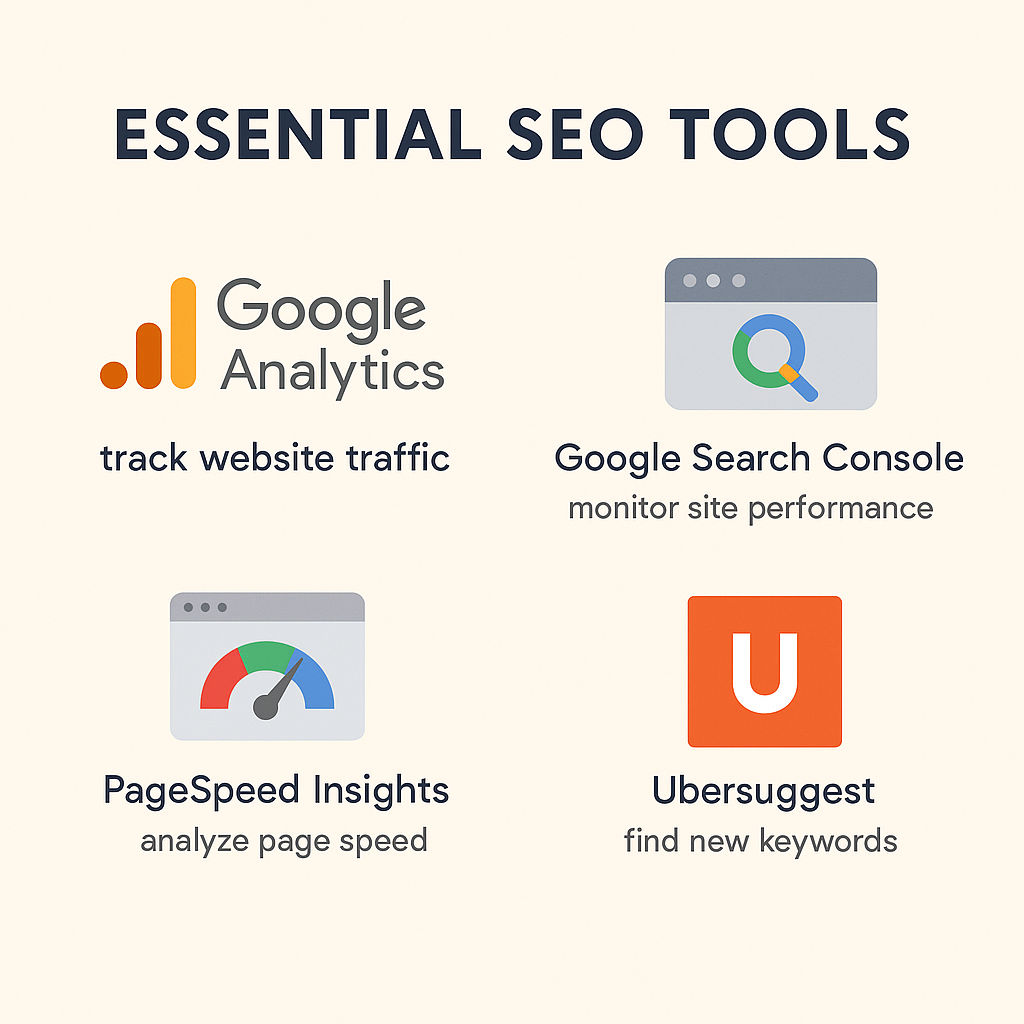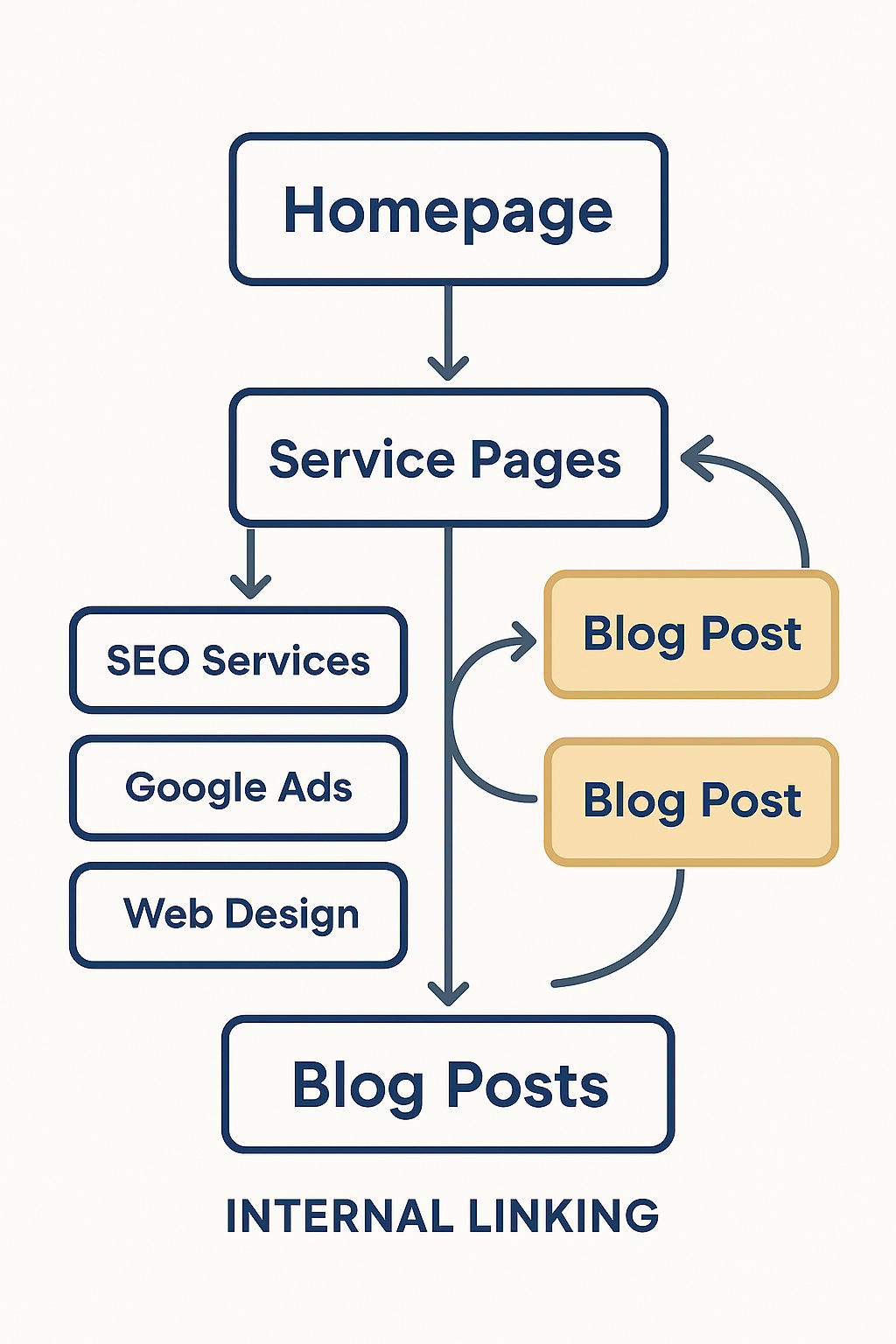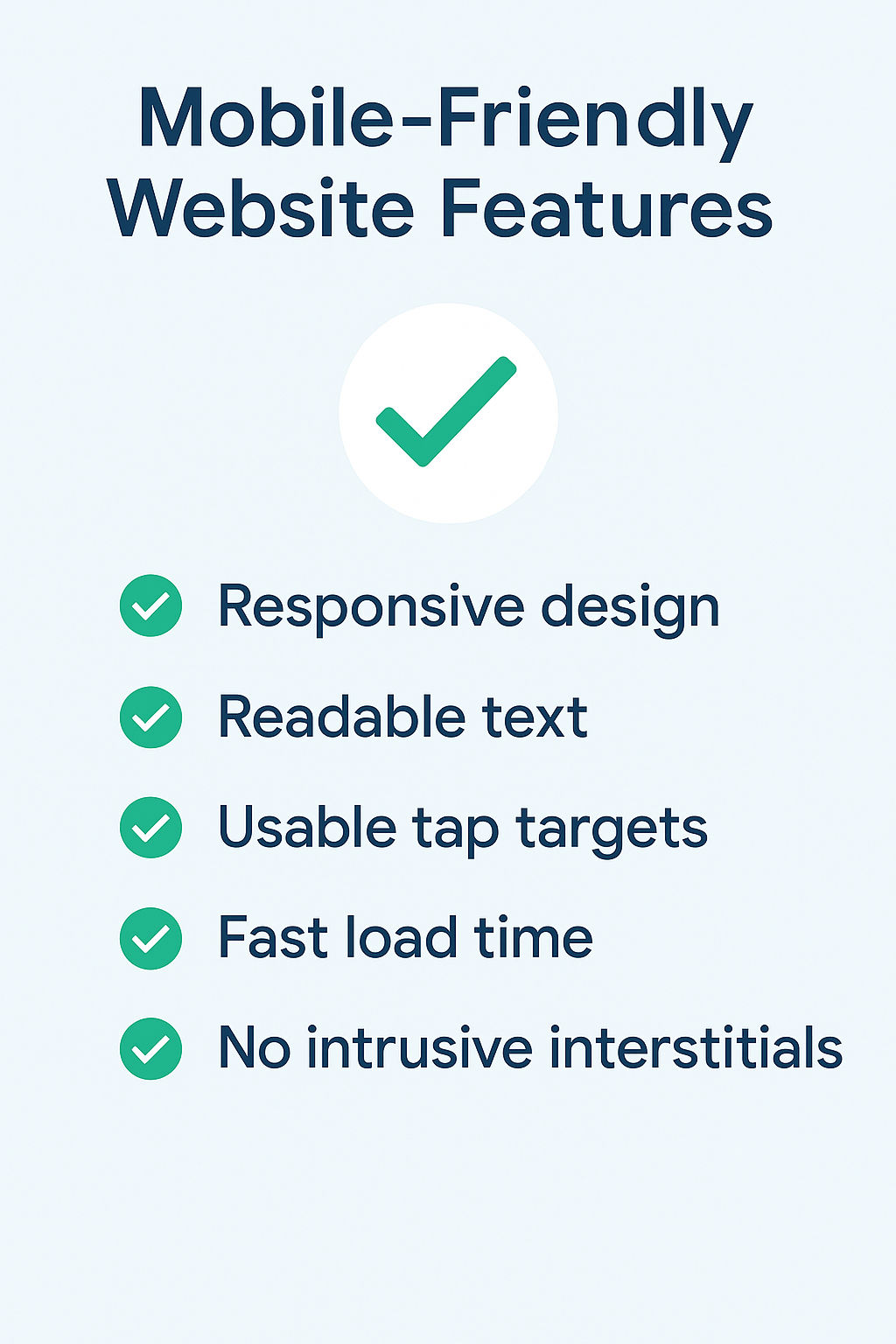Part 2 of the SEO Made Simple Series for Business Owners
A beautiful website is great—but if Google can’t understand it, it won’t show up in search results. The way your website is structured plays a major role in how well it performs in SEO.
In this post, we’ll break down how to build a Google-friendly website structure that helps both search engines and visitors find your content quickly and easily.
Why Website Structure Matters for SEO
Search engines like Google use automated bots (called “crawlers”) to scan websites and understand their content. A clean, logical site structure helps these bots:
- Discover all your pages
- Understand how your content is organized
- Rank relevant pages for the right search terms
Just as important, a user-friendly structure makes your site easier for people to navigate—reducing bounce rates and improving conversions.
Example:
Home
└── Services
└── SEO Services
└── Google Ads
└── Local Optimization
2. Internal Linking That Makes Sense
Link between related pages to guide users and help search engines understand relationships.
Pro tip: Link from blog posts to service pages using relevant anchor text like “learn more about our SEO services.”
3. Mobile-Friendly Layout
Google uses mobile-first indexing, meaning it primarily looks at the mobile version of your site to determine rankings. Your site must:
- Be easy to navigate on small screens
- Avoid tiny fonts or crowded layouts
- Use responsive design that adjusts to screen size
4. URL Structure That’s Simple and Descriptive
Your URLs should be:
- Short and easy to read
- Include keywords where appropriate
- Use hyphens (not underscores) to separate words
Good:www.example.com/seo-services
Bad:www.example.com/page?id=1234
Bonus: Use Breadcrumb Navigation
Breadcrumbs show users where they are in your site hierarchy and improve crawlability.
Example:
Home > Services > Local SEO
This small addition improves both usability and SEO.
What About Sitemaps?
A sitemap is a file that lists all the pages you want search engines to find. Submitting a sitemap through Google Search Console is a best practice—it ensures Google knows where everything is, even if some pages are hard to reach.
Website Structure Checklist
- Use a clear navigation menu
- Keep your URLs short and descriptive
- Link internally between relevant pages
- Make sure your site is mobile-friendly
- Add breadcrumbs if possible
- Submit a sitemap to Google
Final Thoughts
A strong site structure is the foundation of successful SEO. It ensures your content is discoverable, understandable, and easy to navigate—for both humans and search engines.

Try this: Ask someone unfamiliar with your website to find a specific service or blog post. If they struggle, Google probably will too.
Want a second opinion? Request a free homepage and site structure audit—we’ll identify opportunities to make your site easier to crawl, rank, and convert.








